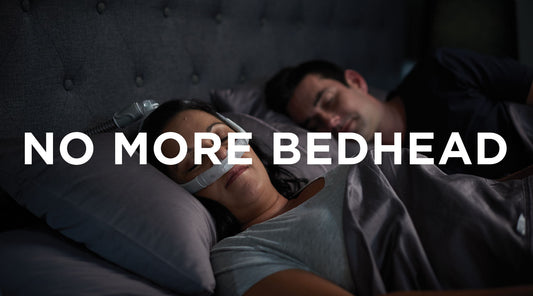Living with COPD (Chronic Obstructive Pulmonary Disease) can make simple activities, like getting dressed or taking a walk, difficult; leaving you short of breath and feeling down. A regular routine of correct, mild exercise can help combat the effects of COPD, improving overall health and leading to a more independent, active and confident lifestyle.
One of the great benefits of regular exercise is that it can improve your circulation. Improved circulation means your body can make better use of oxygen and help alleviate shortness of breath. By following a regular exercise routine you'll be strengthening your heart and cardiovascular system and lowering your blood pressure at the same time. Exercise will also give you a boost of energy and make you feel more relaxed when done. Along with the physical benefits it will provide, exercise can also increase your confidence in your abilities.
--
EXERCISE OPTIONS FOR COPD: Only you and your doctor can determine what exercises will be of the most benefit to you; but consider the ideas below as a good place to start:
 |
Aerobic & Cardiovascular Exercise - Aerobic exercises like swimming, dancing or walking all improve cardiovascular fitness, allowing your body to use oxygen more efficiently. |
 |
Resistance Training - Light weights or mini bands are great for building strength gently over time. If you don’t have weights, try holding a can of beans or a book in each hand. Use them for traditional lifts or carry them on a walk. This will strengthen your muscles, especially in your upper body, and improve respiratory endurance. |
|
Stretching - A great way to start and finish any exercise program is by stretching. Stretching before you exercise relaxes your muscles and improves your flexibility and range of motion; and when you’re done with your exercise routing stretching can help you to avoid muscle strain and injury. |
|
 |
Yoga - Yoga is a great option for COPD sufferers. It's a combination of stretching and strengthening exercies, meditation and stress reduction techniques like controlled breathing, which can help reduce anxiety and induce relaxation while strengthening the body. |
When exercising, be sure to start with a light warm up period to help your body slowly adjust from rest to exercise. Start with stretching and move to a low intensity level exercise. Next you'll move into your conditioning phase where you will complete your primary exercise. This is where you will build muscle, burn calories and begin to increase your tolerance. Remember to start slow! Lastly you should include a cool down and stretching period. This will allow your body to gradually recover from the conditioning phase.
--
TIPS FOR EXERCISING WITH COPD: Be sure to check in with your doctor before starting any exercise program. You may want to work with a physical or respiratory therapist on developing a plan that is appropriate for you.
- Find the right workout for you - Choose an exercise that you enjoy: gardening, hiking, shopping, or swimming are all great options. If you are doing something you enjoy, the chances you'll stick with it are much greater.
- Pace yourself - No matter what type of exercise you choose - don't rush! Take your time and rest if you start to feel dizzy.
- Be patient - Start off slow with an appropriate exercise level suited to your fitness level and breathing ability. Over time you will build up to your target fitness level.
- Practice breathing techniques - Breathing exercises can help in many ways. COPD patients have found the "Pursed lip breathing technique" to be helpful. This is when you inhale slowly through your nose for two counts, purse your lips as if you were going to whistle and then exhale slowly and gently for four counts. It may sound counterintuitive, but it works!
- Be aware of your environment - If smog or pollution levels are high, avoid exercise outside. Also avoid outside activities on days that are too cold, too hot or too humid.
- Relax and think positive - When you're relaxed and enjoying exercise you will get the most out of it. You will also be more apt to continue with daily exercise.
- Wear comfortable clothes and footwear - Be sure to dress appropriately to allow for optimal comfort, which will increase your desire to continue to exercise. Also, wear loose clothing that doesn't restrict your freedom of movement.
If you ever experience any dizziness, nausea, irregular heart beat, severe shortness of breath or pain you should stop exercising immediately. SIT DOWN, ELEVATE YOUR FEET AND TAKE A BREAK. If you do not feel better quickly, call your doctor.
Following a daily exercise routine can help control and minimize the symptoms associated with your COPD. With effort you may soon find you have improved endurance and can be more active in daily life without becoming fatigued. With a few precautions and guidance from your doctor and respiratory therapist, exercise will make you happier, healthier and stronger!






